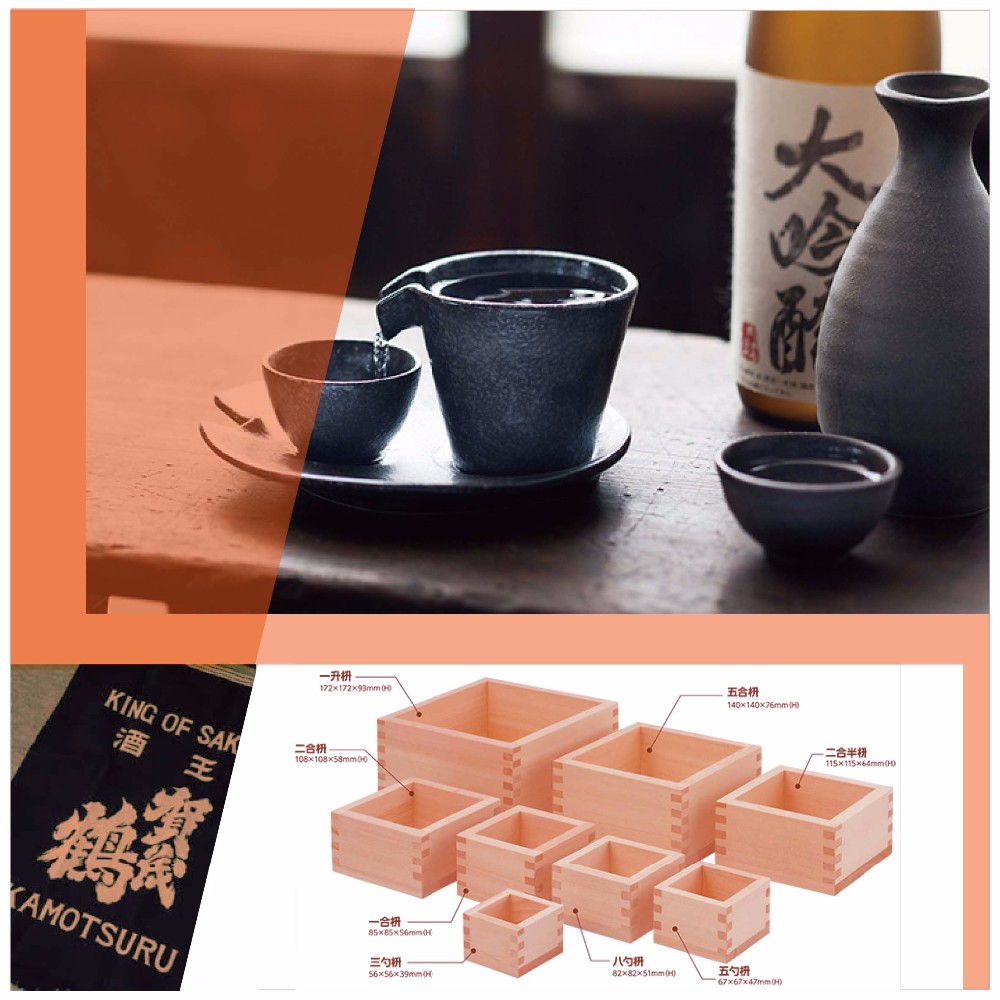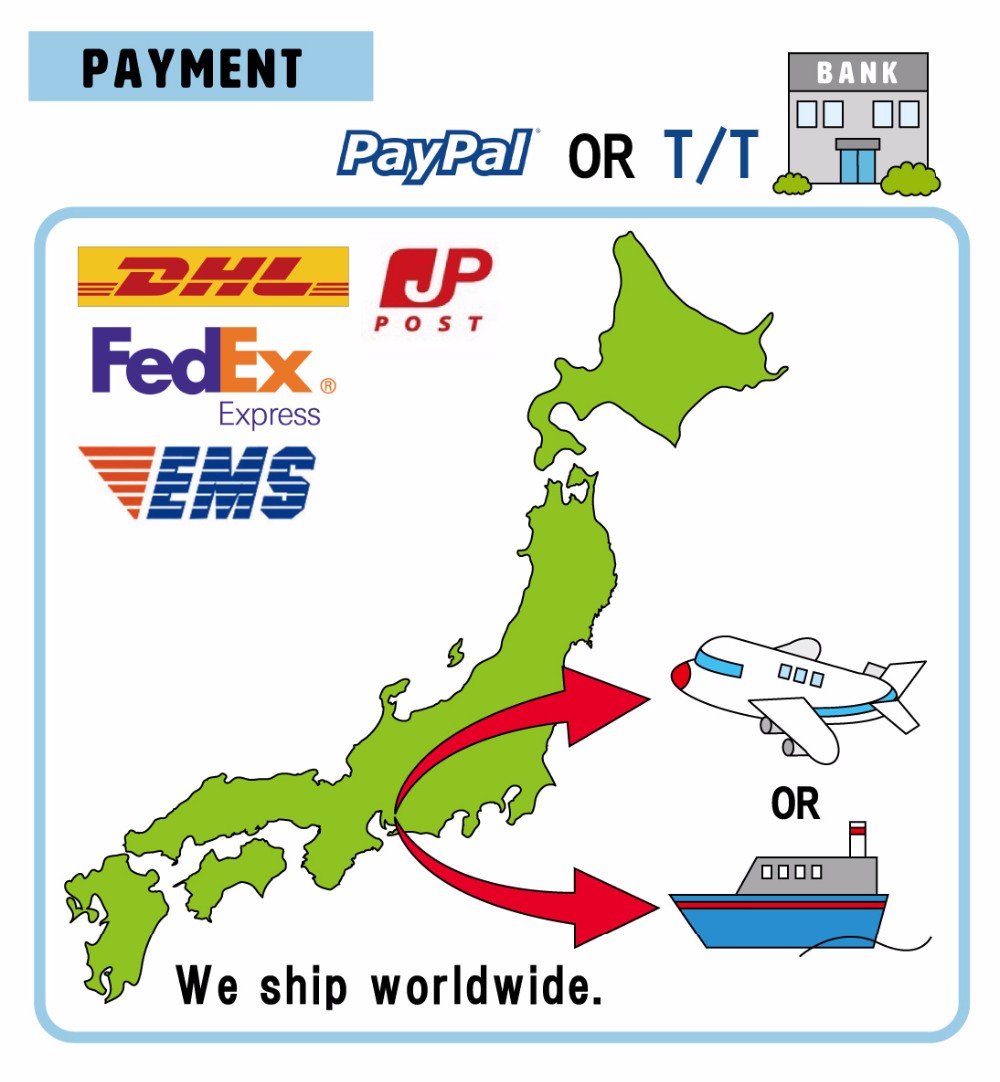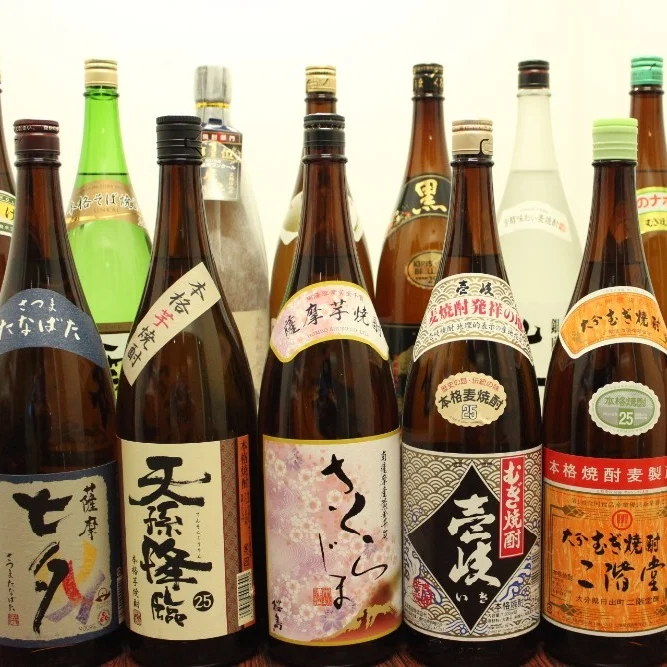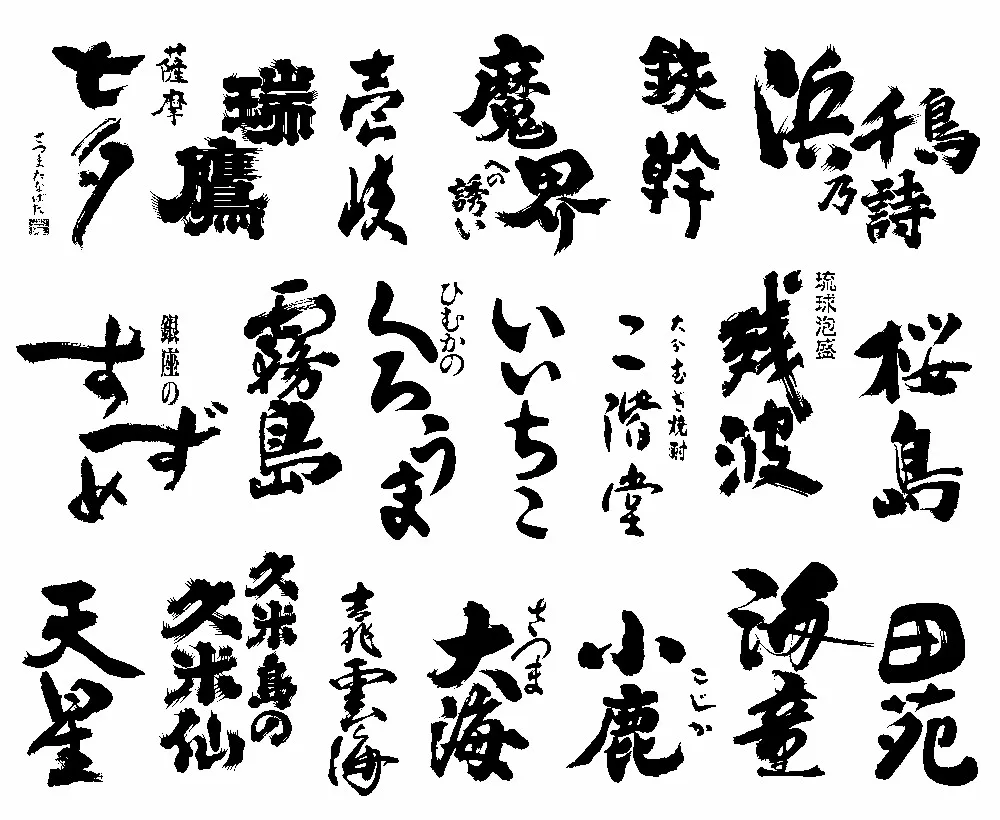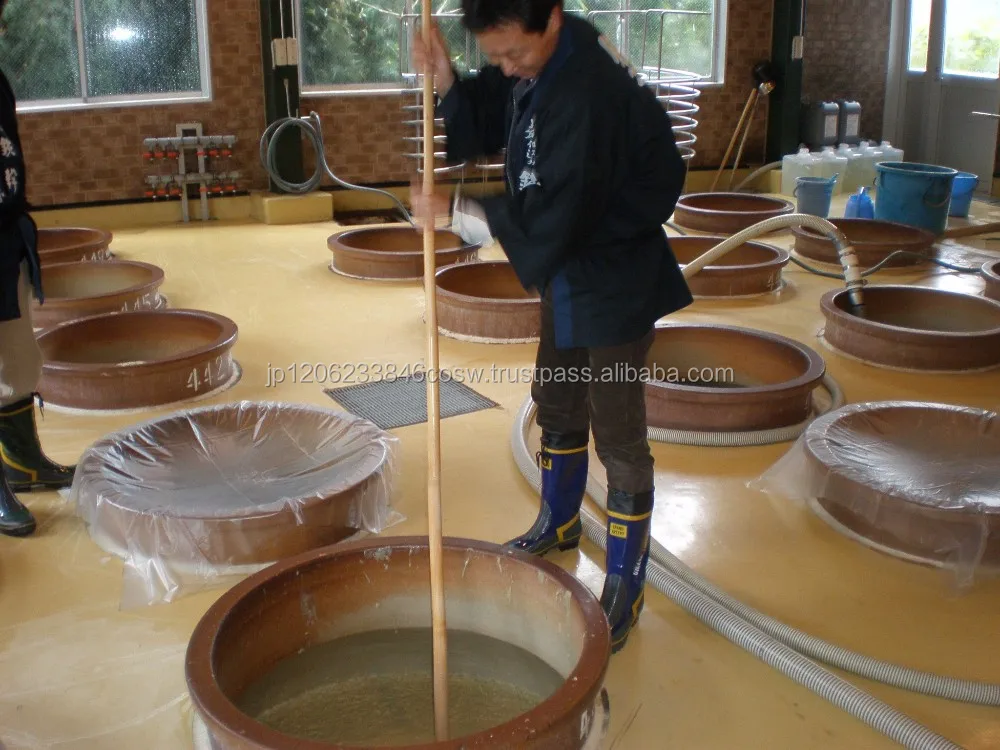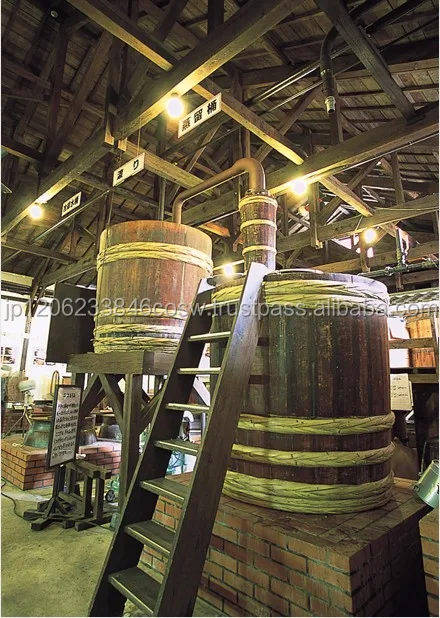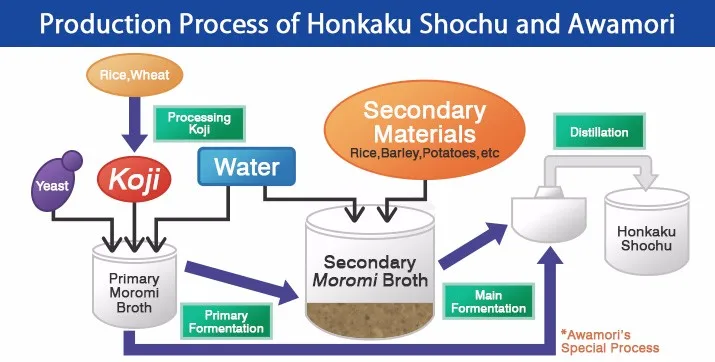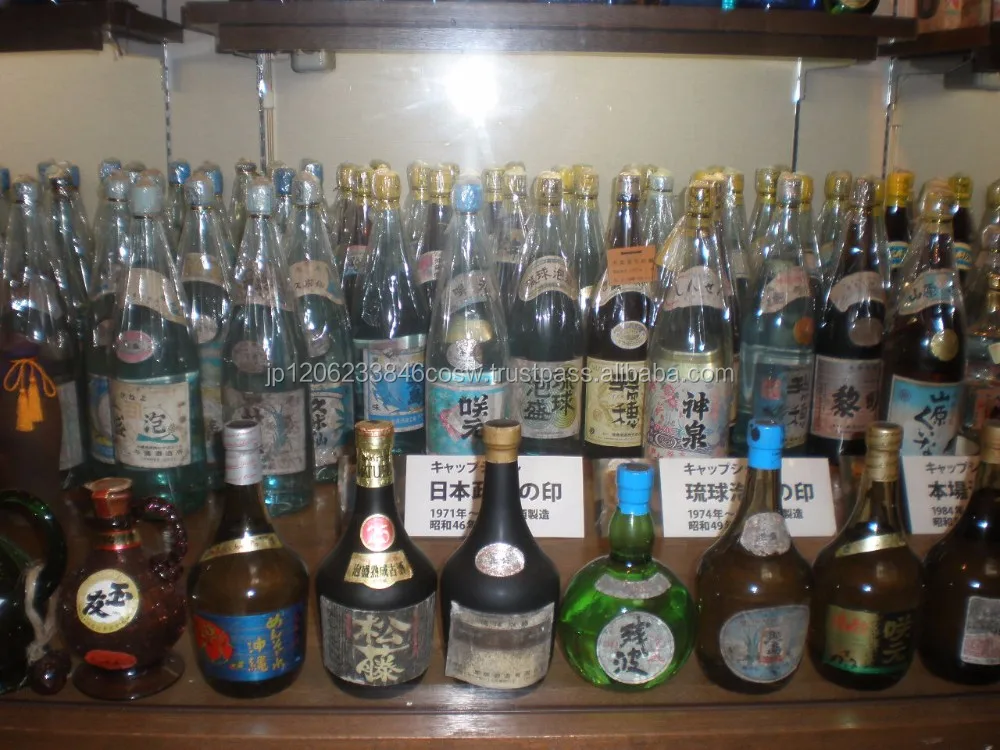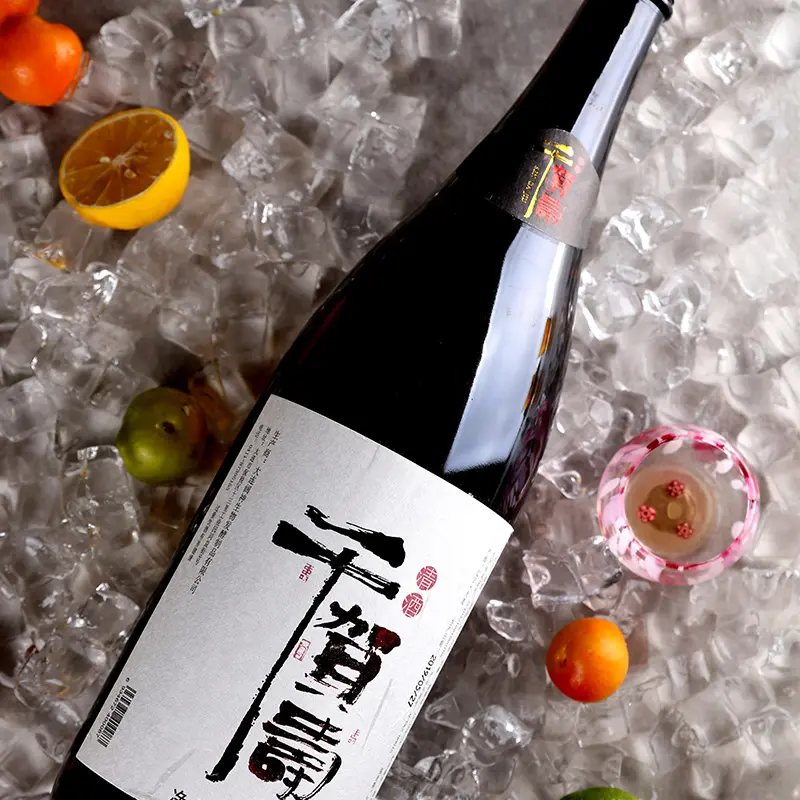Традиционный японский сакэ-напиток для ликера признанный на
- Категория: Рисовое вино >>>
- Поставщик: AKITAYA,CO.,LTD.
Поделиться:
Описание и отзывы
Трекер стоимости
| Месяц | Минимальная цена | Макс. стоимость |
|---|---|---|
| Sep-16-2025 | 0.88 $* | 0.74 $* |
| Aug-16-2025 | 0.54 $* | 0.1 $* |
| Jul-16-2025 | 0.40 $* | 0.95 $* |
| Jun-16-2025 | 0.11 $* | 0.34 $* |
| May-16-2025 | 0.37 $* | 0.96 $* |
| Apr-16-2025 | 0.41 $* | 0.47 $* |
| Mar-16-2025 | 0.69 $* | 0.37 $* |
| Feb-16-2025 | 0.45 $* | 0.39 $* |
| Jan-16-2025 | 0.16 $* | 0.14 $* |
Характеристики
Internationally recognized traditional Japanese sake drink for liquor shop
-We deal in products from over 100 distilleries from all over Japan.
-We have over 1000 varieties, including potato, barley, rice, raw brown sugar, and awamori shochus.
-Our products range from freshly distilled liquors to older liquors which have been matured for a long period of time.
 |
Main handling product
Fukuoka "Beniotome"
Saga "Makai-Izanai"
Nagasaki "Iki"
Oita "Nikaido" "Iichiko" "Giza-suzume"
Miyazaki "Kurouma" "Kirishima"
Kumamoto "Hakutake" "Zuiyou"
Kagoshima "Sakurajima" "satsumataikai" "Denen" "Kaidou"
Kagoshima Amami "Hamachidori-no-uta"
Okinawa "Kumejima-Kumesen" "Zanpa"
Other brands available

Simple distillation shochu
Simple distillation shochu is made by fermenting the starches or sugars of the base ingredients with yeast and fermentation starters before distilling the mixture in a pot still. This type of shochu has an alcohol content of 45% or less.
Simple distillation shochu can be further broken down into the following five categories.
1. Shochu made using grains or tubers and the fermentation starters produced from these ingredients (rice shochu, barley shochu, potato shochu, etc).
2. Shochu made using fermentation starters from grains only (awamori, etc).
3. Shochu made using sake lees from refined sake.
4. Raw sugar shochu made from raw brown sugar and malted rice.
5. Shochu made with other ingredients which are not listed above.

Distillation of shochu
Atmospheric distillation and vacuum distillation are used in the distillation of shochu.
In atmospheric distillation, the mash is boiled at temperatures of 85–95 degrees Celsius. Many distillates are produced along with alcohol during the process, making for spirits with an abundance of flavors.
In vacuum distillation, the inside of the tanks is reduced to a pressure of 0.1 atm, causing the mash to boil at temperatures of just 45–55 degrees Celsius and producing spirits with lighter flavors.
Shochu production process


Shochu Varieties by Base Ingredients
Potato Shochu: Produced in Kagoshima, Miyazaki, and other areas.
Barley Shochu: Produced all over Japan. Main production locations include Oita and Iki, Nagasaki.
Rice Shochu: The "Kuma Shochu" produced in Hitoyoshi, Kumamoto is a famous example of this shochu.
Black Sugar Shochu: This variety of shochu is only produced in the Amami Islands in Kagoshima.

Geographic Indications of Shochu
Scotch whisky and champagne wine are examples of geographical indications set by the World Trade Organization (WTO). For example, the label of "champagne" can only be applied to wines produced in the Champagne region of France, and other effervescent wines are prohibited from using the name, making for a world-renowned branding.
"Iki Shochu," "Kuma Shochu," Satsuma Shochu," and "Ryukyu Awamori" are internationally recognized brands as established by the WTO.

How to Drink Shochu
Mixing With Hot ("Oyuwari") or Cold ("Mizuwari") Water:
For using hot water 25% alcohol shochu with a ratio of 60/40 shochu to hot water will result in a mixture with an alcohol content of around 15%, about the same as hot sake, and a light flavor with greater umami and sweetness.
When mixing with cold water, will retain the original aromas and flavors of the spirits while making for a slightly milder taste for shochu and awamori. This is the most common way to drink shochu.
On The Rocks: Fill a glass with ice and pour shochu on top. This brings out the light flavors and aromas of the spirits and is recommended for shochus aged in casks or earthenware jars.
Heated Shochu: Mix shochu with water in a "kuro joka" or similar vessel and allow the flavors to mix and settle for one to two days. Once this process is complete, heat the mixture to your desired temperature before drinking.
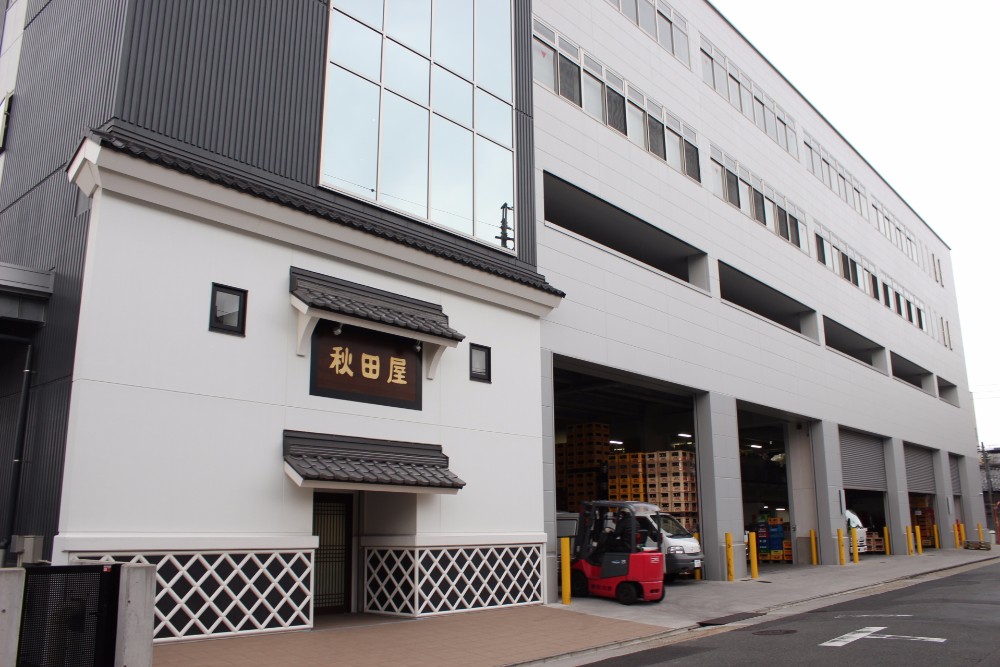
Founded in 1855, we collect alcohol and related goods from throughout Japan and deliver them to department stores, supermarkets, convenience stores, liquor stores, bars and restaurants both in Japan and abroad.
Our annual turnover is roughly ¥27.3 billion.
Our company philosophy is:
"We aim to be the preachers who share the deliciousness, fun, and wonder of alcohol with the world, creating a new culture around alcohol."
"With carefully chosen products, we will enrich peoples' lives and contribute to the local community."
"While remaining grateful and respecting tradition, we will always continue to change with the times."
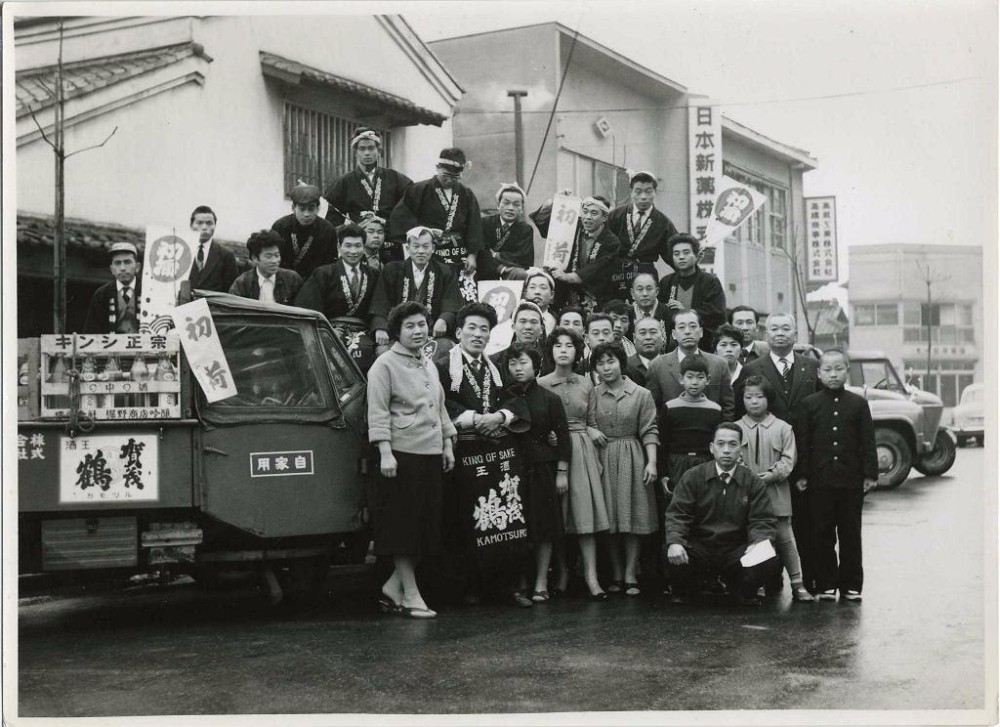
Starting in the retail of sake in the castle town of Nagoya Castle in 1855, we are now a wholesale trading company for all types of alcohol and food, that has been in business for over 160 years.
Business partner
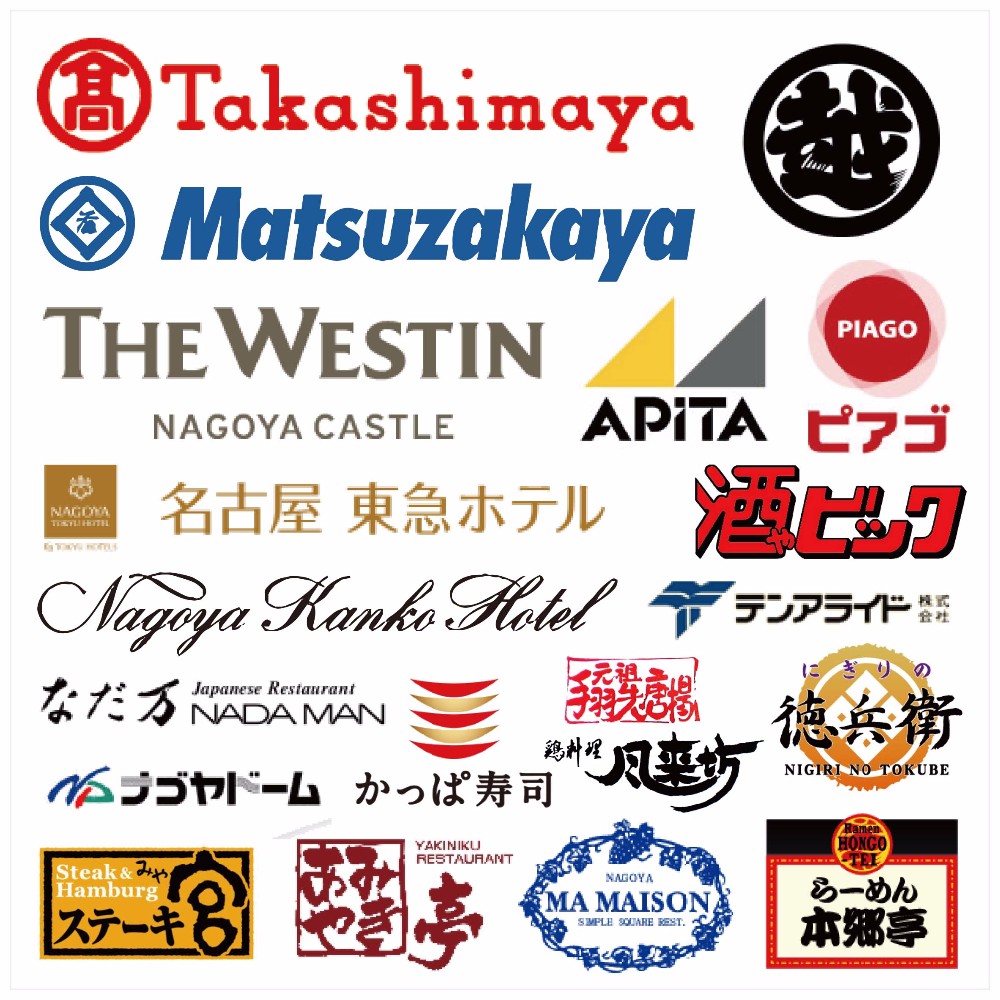
Other Brands Available.
Brand (alcohol)
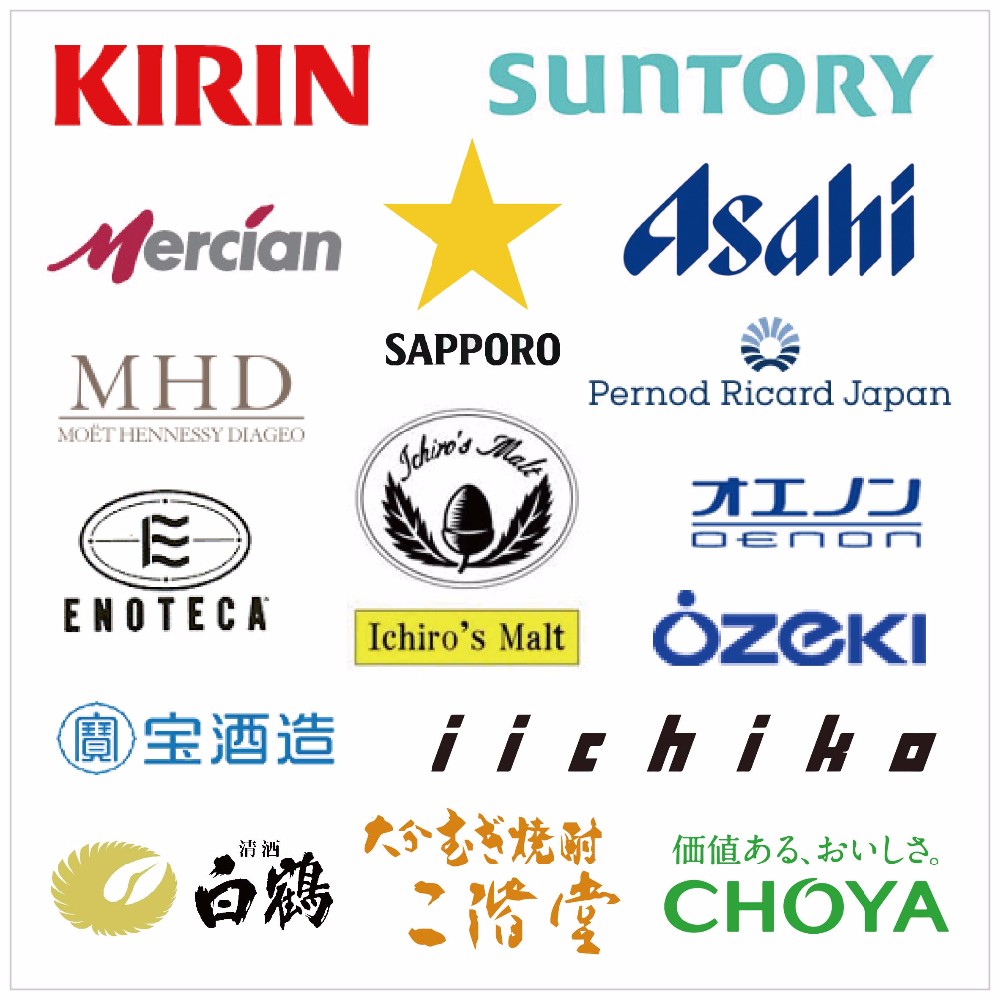
Other Brands Available.
Brand (food & beverage)

Other Brands Available.
Brand (other)
We also sell Sake sets (Tokkuri, Masu, decorative barrel, etc,.)
